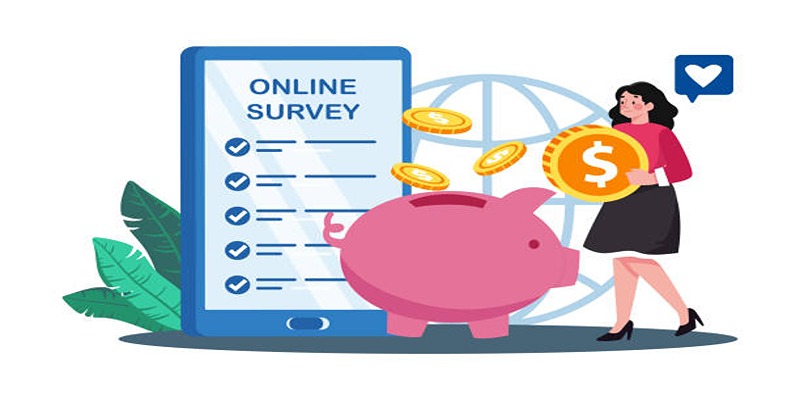When money gets tight, and life throws an unexpected curveball, many people start searching for a lifeline that can offer quick relief without long-term damage. That's where hardship loans come in. They're not your everyday loans with drawn-out applications and mountains of paperwork. Instead, they exist for one specific reason: to support you when you're in a financial pinch—through a job loss, medical emergency, or another crisis that wasn't part of the plan.
Whether it’s helping to pay rent when hours at work were suddenly cut or managing medical bills after an unplanned surgery, hardship loans can step in and soften the blow. But how do they work, who can apply, and what should you know before going down that road? Let’s break it down.
What Exactly Is a Hardship Loan?
A hardship loan is a form of financial assistance intended for individuals who are going through a period of significant financial stress. It’s designed to be a temporary solution—not a full financial reset, but a helping hand to cover immediate and necessary costs.
Unlike standard personal loans, which may require high credit scores or lengthy approval processes, hardship loans often come with more relaxed qualifications. That's because the primary goal isn't profit—it's relief. Some come from banks, while others are offered through employers, nonprofit organizations, or even government-backed programs.
And here’s what makes them unique: they typically come with lower interest rates, shorter terms, and more flexible repayment plans. But make no mistake—they’re still loans. That means you’ll need to pay them back, even if the terms are easier to manage than typical borrowing options.
Who Offers Hardship Loans?
Not all lenders offer hardship loans, and the kind you qualify for may depend on your employment, location, or financial background. But there are a few common sources you should know about.
1. Employers

Some workplaces have internal loan programs for employees facing tough times. If your employer has an HR department or employee assistance program, that’s a good place to ask. These loans are often interest-free or carry minimal interest, and they’re typically repaid through small payroll deductions.
2. Credit Unions and Community Banks
Local credit unions are often more willing to work with members facing sudden financial issues. Because they operate on a nonprofit model, they’re usually more flexible than large banks when it comes to loan terms and credit requirements.
3. Online Lenders

While not all online lenders offer hardship-specific loans, a few do. The benefit here is speed—some platforms can approve and deposit funds within one or two business days. The tradeoff? Interest rates can vary widely, so always read the fine print before accepting an offer.
4. Government and Nonprofit Programs
In certain situations, especially after natural disasters or during economic downturns, federal or state programs may offer temporary hardship loans. These loans are typically interest-free or come with subsidized rates. You’ll need to provide proof of your situation—think termination letters, hospital bills, or eviction notices—to qualify.
How to Apply for a Hardship Loan
Getting a hardship loan usually involves fewer steps than a traditional loan, but that doesn’t mean it’s a walk in the park. You’ll still need to show that your financial difficulties are real and immediate.
Step 1: Gather Documentation
Start by collecting any paperwork that proves your hardship. This could include:
- Medical records or bills
- A letter of termination or reduced work hours
- Past-due notices from utility companies or landlords
- Legal notices, if applicable (such as eviction warnings)
You’ll also want to prepare basic financial documents like your ID, proof of income, and recent bank statements. While not all lenders require every item, it’s better to have them ready than to be caught off guard.
Step 2: Contact the Lender or Organization
If your employer offers a hardship loan, contact your HR department directly. If you’re applying through a bank or credit union, visit a branch or their official website. For nonprofit or government aid, you’ll likely need to complete an application and submit your documents through an online portal.
Be clear and honest about your financial situation. There’s no need to dress it up—these loans exist precisely for moments like this.
Step 3: Review Terms Carefully
Even when you’re stressed or in a rush, take the time to go over the terms. Look for:
- Interest rate (if any)
- Repayment schedule
- Penalties for late payments
- Conditions tied to employment (if applicable)
Some hardship loans require repayment within a few months, while others offer repayment terms of a year or longer. If your finances are already stretched thin, make sure the repayment plan won't push you into deeper trouble.
Step 4: Accept the Loan and Use It Wisely
Once approved, funds are typically transferred directly to your bank account. Now comes the part that matters most: using the money for the right reasons. Whether it’s covering rent, paying for medication, or keeping the lights on, stick to the purpose you outlined in your application. Using a hardship loan to make unnecessary purchases will only complicate your financial situation in the long run.
What Happens If You Can’t Repay?
The reality is that not everyone is able to bounce back on schedule. If you find yourself unable to meet the repayment terms, don't wait until things spiral. Contact the lender immediately. Many are open to adjusting your plan, especially if your situation hasn't improved.
Ignoring repayment, on the other hand, can lead to:
- Added fees
- Damage to your credit score
- Legal action (in extreme cases)
- Garnished wages
This is why it's crucial to understand the full scope of your financial situation before taking the loan. If repayment seems impossible from the start, you may be better off seeking grants or other non-repayable forms of aid.
Final Thoughts
Hardship loans aren’t magic solutions, but they can make a big difference when life gets unexpectedly difficult. They’re not about funding a vacation or upgrading your phone—they’re about making rent this month or affording life-saving medication. When used wisely, they can bridge the gap between crisis and stability without burying you in long-term debt.
If you're in a situation where your bills exceed your paycheck and the stress is mounting, a hardship loan may be a worthwhile consideration. Just remember: borrow only what you truly need, read every line of the agreement, and have a plan for repayment. Because even when life knocks you down, the right kind of help can keep you from staying there.












